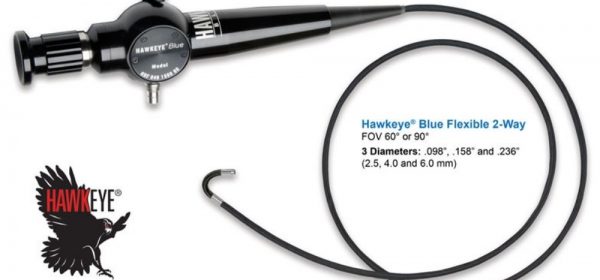Wind Turbine Blade Inspection Techniques

May 12, 2021
The complexity of many technological advances often makes maintaining such machines very difficult, especially in the case of designs built to withstand time and weather. Unsurprisingly, wind turbines fall into this category. Due to the need to create a functional energy-generating turbine that will handle any of a region’s extremes, wind turbine engines are often well sealed.
Dismantling the entire design every time a routine checkup is needed is completely unrealistic. Instead, special wind turbine blade inspection techniques are needed to ensure the most important parts of these vital energy resources stay at peak performance.
Ultrasonic Inspection
The same technology used to search the ocean for vessels and survey the seafloor is applicable across a wide range of industrial uses. Namely, pushing sound waves at a high enough frequency through an object is a reliable way to detect flaws. If a wind turbine’s blade or associated components are damage-free, the sound waves move through predictably. That is to say, the wave reflects at the opposite side of a blade and returns.
When an unexpected internal flaw exists, it can’t be detected by sight; rather, the sound wave will ping back prematurely before reaching the other side. As a result, knowing the patterns reflecting waves should make it very simple to pinpoint exact locations of errors and flaws by reading the abnormal reflection patterns.
Remote Visual Inspection
One of the more direct wind turbine blade inspection techniques involves remote visual inspection. As noted, it’s impractical to dismantle a functioning turbine for a simple maintenance check-up. Inserting a camera into access points allows engineers to inspect inner works undisturbed and in great detail. Various sizes and types of borescope are especially useful, as many are incredibly thin and can be slipped between spaces and openings in the outer casing of the engine and blade attachment components.
In particular, flexible borescopes are very useful, as their fiber optic cord allows the camera to be fed through winding passes inside the innermost workings, all without disturbing the rest of the machine.
Electromagnetic Current Testing
Another common method to test for flaws in wind turbine blades and surrounding components is magnetism. An electric magnet is used to generate a magnetic field throughout metal components. Once this is accomplished, magnetized particles are introduced across the surface of the component being tested. The presence of the magnetic field causes the particles to gather in the location of any exposed flaws, no matter how indistinguishable they are to the naked eye. Finally, through the application of UV light, the phosphorescent-charged particles will glow, clearly marking and outlining any surface damage on the wind turbine blades.